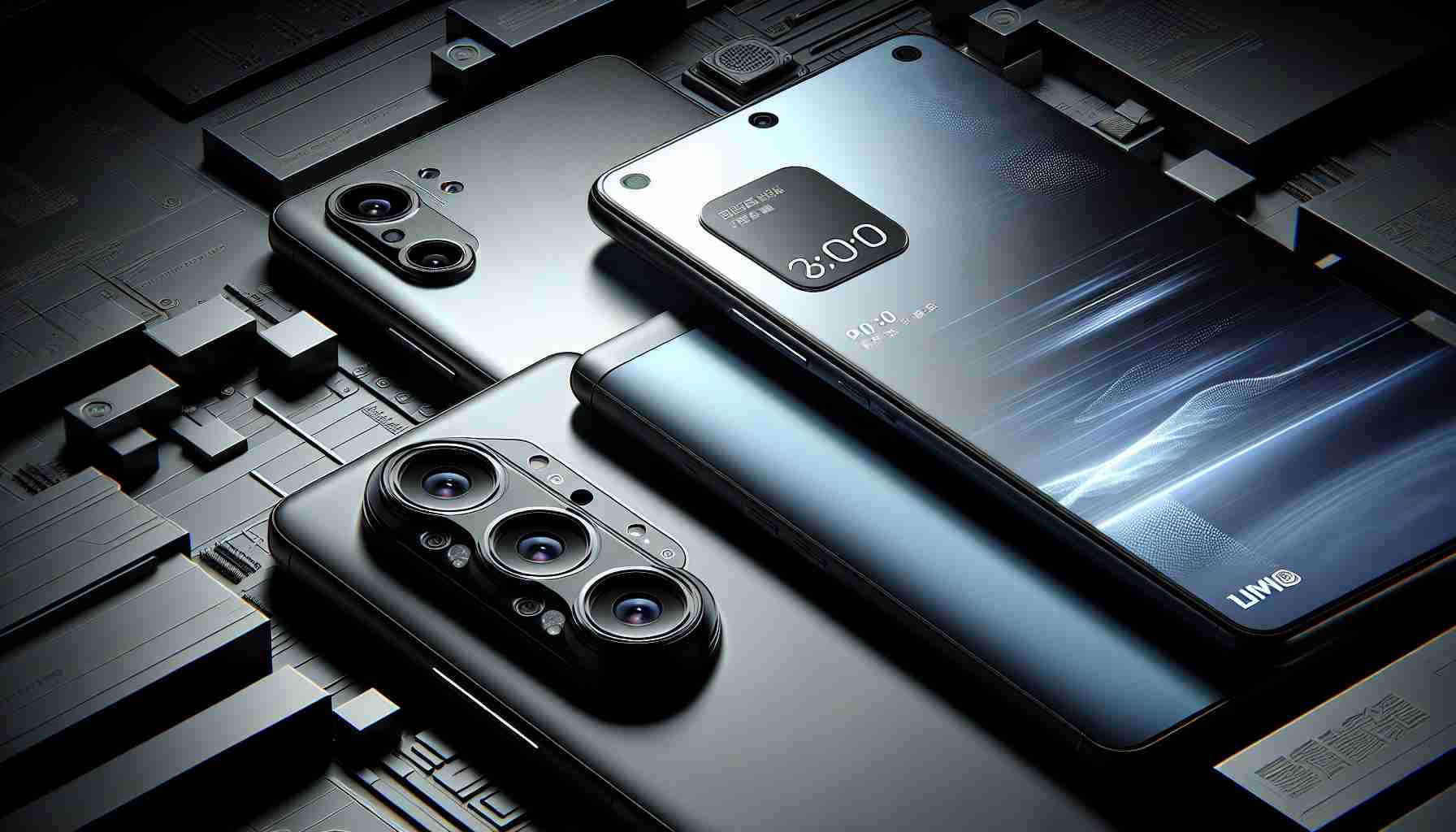The everchanging smartphone landscape is witnessing a dramatic shift towards mid-range models that merge high-end features with affordability. Standing out in this competitive arena is the OnePlus 12R, a device that has quickly become popular due to its remarkable features offered at the $500 mark.
Intriguing Shift in Market Dynamics
The battle for dominance in the mid-range category has intensified with Google’s introduction of the Pixel 8a. Google’s longstanding reputation of embedding advanced AI into their smartphones points to the Pixel 8a being a strong competitor against the hardware prowess of the OnePlus 12R.
Divergent Design Philosophies
Each smartphone embodies a unique design identity, with the Pixel 8a opting for minimalistic elegance and the OnePlus 12R flaunting a bold camera setup. Both manufacturers prioritize longevity, with OnePlus choosing hardened glass and Google focusing on a sturdy frame designed to stand the test of time.
Display Preferences
Consumers have a distinct choice concerning displays, pitting OnePlus’s large 6.8-inch screen against the Pixel 8a’s color-rich smaller display. The OnePlus edges ahead with a rapid Snapdragon processor, while Google’s Tensor G3 chip shines in AI efficiency and conserving power.
A Revolution in Smartphone Photography
The photographic capabilities of both the OnePlus 12R and Google Pixel 8a blur the lines which traditionally separated mid-range from flagship smartphones, making them attractive options for photography enthusiasts on a budget.
Long-Term Software Commitment
Google sets itself apart with a promise of prolonged update support for the Pixel 8a, while OnePlus highlights the customization options available through its OxygenOS. This variation in software strategy offers a point of reflection for users as to their preferences and needs.
The competition within the mid-range smartphone segment is no longer solely about price. Companies like Google and OnePlus are redefining the user experience by focusing on the delicate synergy between cost-efficiency and innovative technology. This development is reshaping consumer expectations of what a mid-range smartphone can offer, merging accessibility with high-end experiences.
Advantages of Mid-Range Smartphones
Mid-range smartphones, such as the OnePlus 12R and the Google Pixel 8a, present several advantages. They provide value for money, balancing performance with affordability. Many come equipped with near-flagship features, such as advanced processors, quality cameras, and long-term software support, making them appealing to a wide range of consumers who may not wish to invest in premium-priced models. Moreover, mid-range phones often inherit characteristics from their high-end counterparts, offering a premium experience without a hefty price tag.
Disadvantages of Mid-Range Smartphones
However, there are disadvantages to mid-range smartphones. They may compromise on certain high-end features, like fewer camera sensors, less powerful hardware, or materials that aren’t as premium as those found in flagship devices. Battery life and screen resolution could be areas where manufacturers save costs as well. For users who require the cutting edge in tech or the best of the best, mid-range devices might not satisfy their needs.
Key Challenges and Controversies
One of the key challenges in the rise of mid-range smartphones is market saturation, leading to fierce competition among brands. Ensuring distinctiveness while keeping prices competitive is a delicate balance for manufacturers. Additionally, with rapid technology advancements, companies must continuously innovate to keep their mid-range options relevant.
There is also the challenge of software updates and support. Although companies like Google promise extended support for their devices, there is a general tendency for mid-range phones to receive fewer updates over time compared to flagship models, which can be a point of contention for users who want their devices to stay current longer.
As for controversies, tech enthusiasts often critique the overlap between the upper mid-range and the lower high-end segments, questioning whether there is a real difference or if it’s largely a marketing strategy.
Related Links
Interested readers might want to visit the main domains of the companies for more information on their product lineups, such as:
– OnePlus
– Google
As the smartphone landscape continues to evolve, consumers can expect the gap between mid-range and flagship devices to narrow even further, offering more sophisticated technology at every price point.
The source of the article is from the blog papodemusica.com
